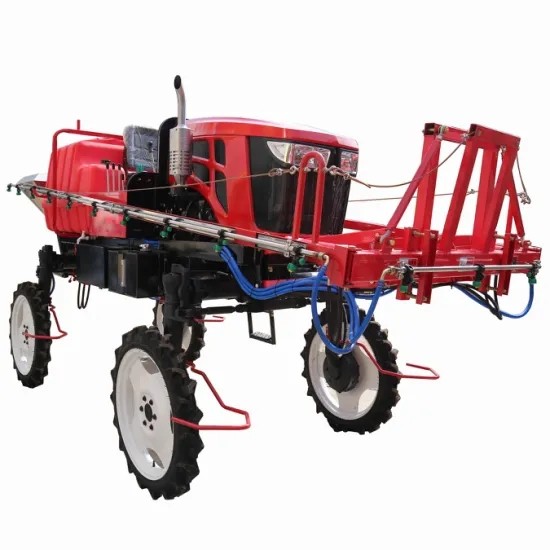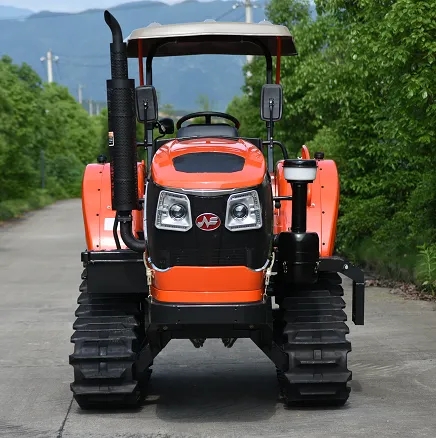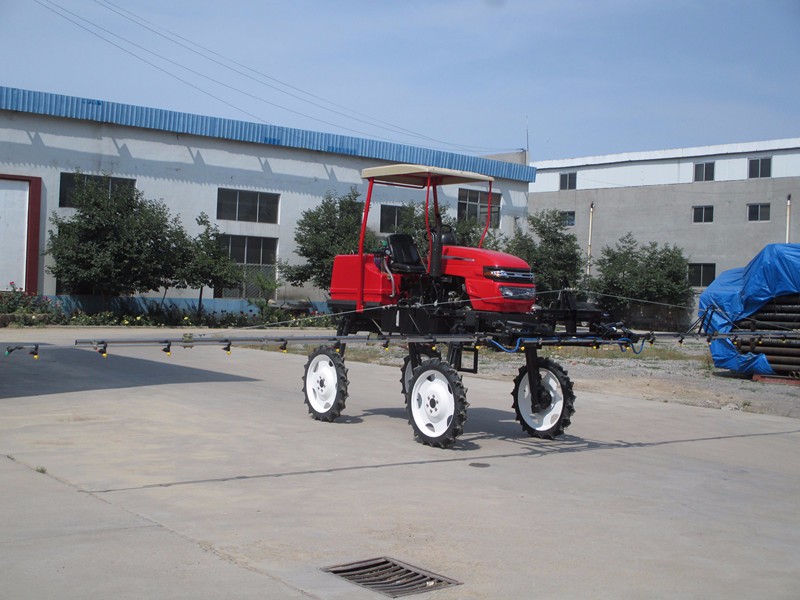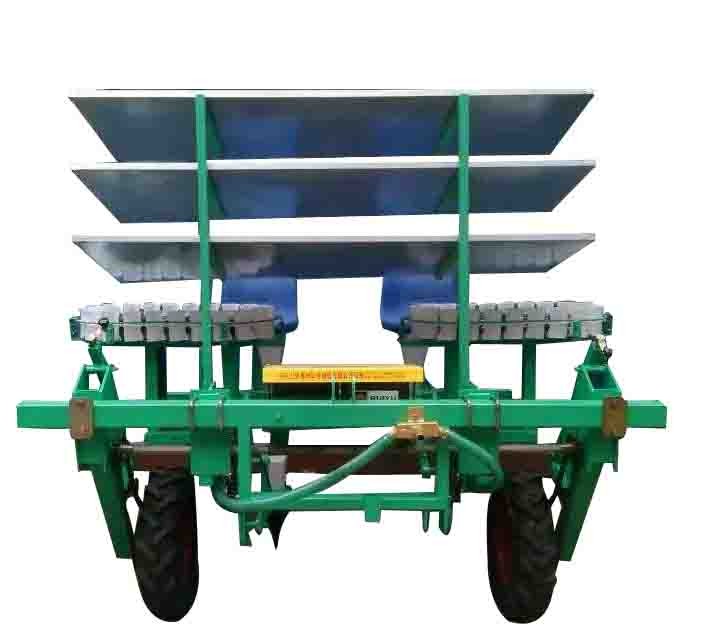
What are the common problems with the operation of a walking pesticide applicator?
Release time:2023-08-14 Click:659
The walking type pesticide applicator can irrigate 8-9 acres per hour, with a water consumption of 65-85 kilograms per acre. It can be flexibly adjusted according to the age of the tree trunk, and the distribution of drugs on the leaf surface and back is even. It is highly efficient and efficient, making it an ideal riding type rural scenery management machine. Below, the manufacturer will explain to you the common problems with the operation of the downward walking medicine dispenser:
1. When driving on the road, the walking pesticide applicator should comply with traffic regulations. Before driving on the road, check the lighting effect, horn, braking, and emergency braking functions to ensure that the spray rod is in a retractable state.
2. When starting, lifting, and extending the spray bar, the horn should sound as a warning. During transportation and operation, unrelated personnel are strictly prohibited from standing on the equipment.
3. Before starting, check whether each button is normal and familiar with the operating procedures. After starting, a dedicated person should operate it to avoid braking and sudden acceleration. After turning off the engine, pay attention to the braking system and lock all components.
4. The operating personnel of the walking medicine dispenser should have a self-protection awareness, and ensure that safety protection is in place during operation. They should not drink, eat, or smoke during operation to prevent poisoning. If any inappropriate symptoms occur, they should seek medical attention immediately.
5. It is strictly prohibited to inspect, maintain, and repair the machine before turning it off. In case of common faults during operation, it is necessary to stop and turn off the ignition, turn off the dispensing pump, and then conduct an inspection. Maintenance tools need to be placed on flat ground.
6. During operation, no one is allowed to stand below the spray bar or within the watering range. Staff are not allowed to enter the medical box, and residual medicine is not allowed to be placed casually. It should be disposed of according to environmental requirements.
7. When handling fertilizers, safety signs provided by the fertilizer production plant should be followed.
Hot products

3wpz-700s Agricultural Self Propelled Boom Sprayer with High Clearance for Insecticide and Fertilization

Crawler tractor

Self Propelled Boom Sprayer

Vegetable tomato Transplanter
Tel:+86-15095208459
E-mail:yanyuqiang1216@163.com
